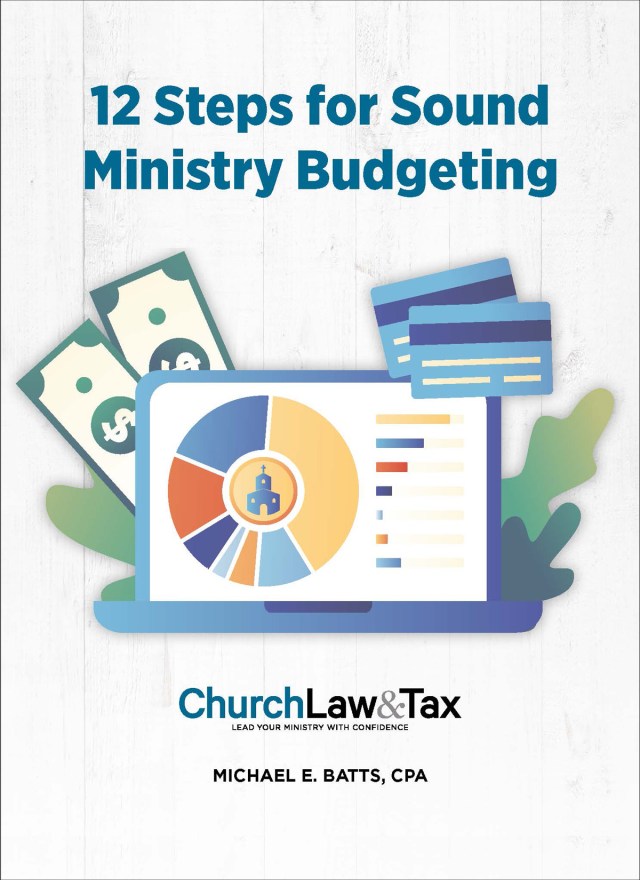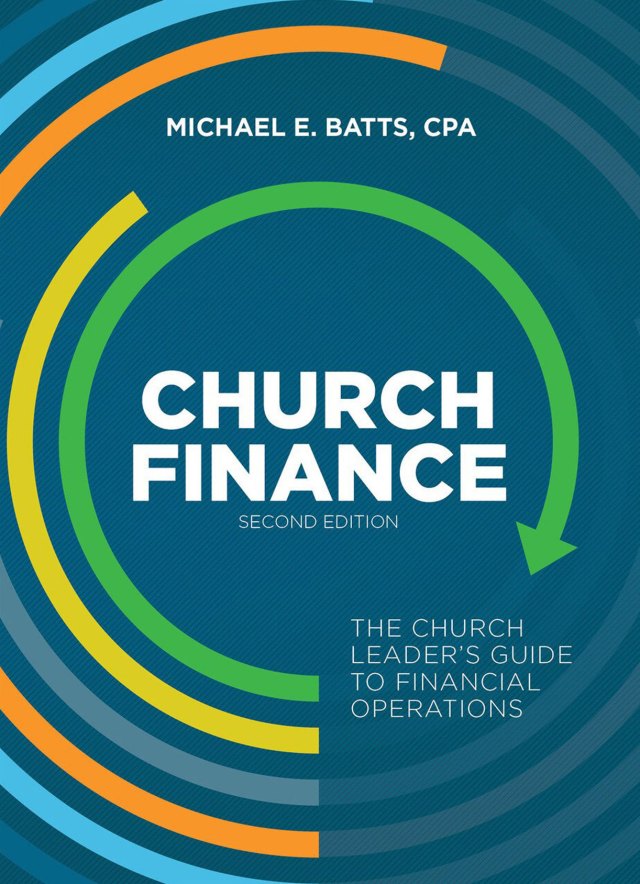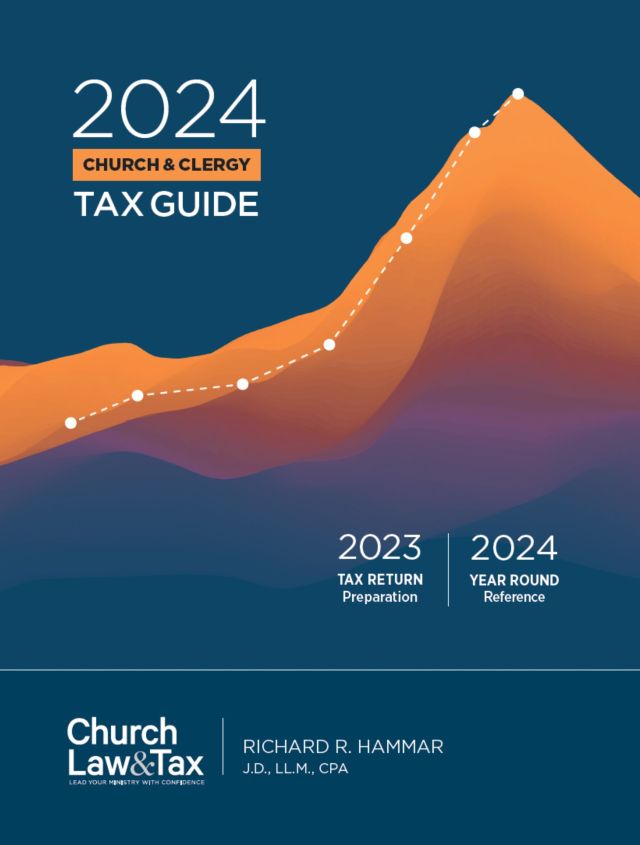Q: Our church has always tried so hard to stick to our budget, but the current (COVID) crisis makes it impossible to do so. What do we do about budgeting in this time of rapid change and uncertainty? What are some strategies for preserving cash, if that’s one of the things we should be doing?
Here’s some fairly radical advice as it relates to budgeting—radical in the sense that this is not conventional church financial management wisdom: Stop focusing on your regular annual budget. For churches experiencing rapid changes in their giving levels, the annual budget developed months ago is largely irrelevant.
I realize that as a matter of church governance and policy, you might have to have a budget. But what you planned when you developed that budget is no longer reality. Your spending levels and spending categories most likely have changed. Your revenue levels may be very different. So, what do you do?
Stop focusing on what you’re calling the budget and start doing what I call dynamic cash-flow forecasting and planning. That may sound like a fancy term. Dynamic just means it’s changing. It’s moving. And cash-flow forecasting and planning means estimating what’s going to happen, as best you can, and continuously updating your estimate based on new developments as they unfold.
Forecast this way each week over the next few months. Estimate as best you can, and adjust the forecast frequently based on new developments.
What dynamic cash-flow forecasts look like
Weekly cash-flow forecasts could start with a spreadsheet in which you start with your beginning cash and then project your expected cash inflow and your expected cash outflow. Put simply: cash inflow, which might include borrowing, is cash that’s coming into your church. And then cash outflow, including debt service—is whatever cash is going out for whatever purpose. And then, of course, the difference between your expected inflow and your expected outflow is your expected net cash flow. Add your beginning cash to your expected net cash flow; this would be your expected ending cash.
Forecasting also includes modeling different scenarios with different assumptions. If giving for your church so far is relatively flat, you should model one scenario that shows your giving level staying flat. You might also want to model a scenario of your giving level going down by 10 percent or 15 percent, or whatever makes sense to you depending on your current circumstances and trending. You might want to run various scenarios and update them each time as you have better information about what seems to be happening.
Weekly cash-flow forecasts should be developed for a reasonable and appropriate period of time in the future. I would suggest at least eight to ten weeks out. A forecast much shorter than that has little value for cash-flow planning and strategic decision-making. And in a highly dynamic environment, a forecast much longer than that is likely to have less reliability.
Rolling budgets
Rolling budgets are an alternative to annual budgets suitable for some churches to use as their regular approach to budgeting. Maintaining weekly cash-flow forecasts is an accelerated version of maintaining rolling budgets. Maintaining rolling budgets is not a “do it once a year” approach to budgeting. (I discuss this process on pages 18 and 19 of Church Finance: The Church Leader’s Guide to Financial Operations.)
Churches that are experiencing rapid growth are good candidates for rolling budgets, since their revenue and expense levels change more rapidly than a full-year budget is typically designed to address. Normally, for churches that utilize rolling budgets, I would recommend updating the rolling budget approximately quarterly. But these are not normal times. For this reason, I recommend updating it weekly—or every time you learn or observe something new and different. Doing this allows you to better manage cash and financial activities during a dynamic or very challenging, rapidly changing season.
Editor’s note. For additional details on dynamic cash-flow forecasting and planning—along with a helpful PowerPoints on the topic—see the free video of Mike Batts’s webinar with Church Law & Tax.
Protecting and preserving cash
Now, regarding protecting and preserving cash. While this is not conventional financial management, I suggest churches consider drawing on a line of credit—if you have a line of credit available. Borrowing money to pay operating expenses is a very high-risk proposition, and I am not saying you want to spend the borrowed funds on operations. Only do so if it’s deemed absolutely essential—and only if you have a viable plan to pay off the borrowed funds.
The main reason I suggest this is the risk that the bank may curtail your line of credit if it is not used. Banks curtailed lines of credit significantly during the Great Recession and it can easily happen again. Borrowing the funds can prevent a scenario where you go to borrow the funds later. . . only to be told by the bank that it has frozen your line of credit due to financial concerns. (Don’t forget to consider FDIC insurance levels with respect to your bank deposits. If you have significant bank account balances, you may wish to diversify the funds among multiple banks—banks also have economic risks in the current environment.)
For churches that do not have a line of credit—and if you, again, want to preserve cash—you may want to consider carrying a balance on a credit card account. Again, I stress that this is not traditional advice. It will be important to review your modeling—looking at the future. Maybe you have a loan that has been approved but not yet funded. This means, though, that those funds should be coming in. In the meantime, you could cautiously use the credit card in order to stay afloat until you have the needed funds from, say, the PPP money. When you are more financially stable, you would pay off the credit card. Keep in mind, though, that this is very short-term strategy.





